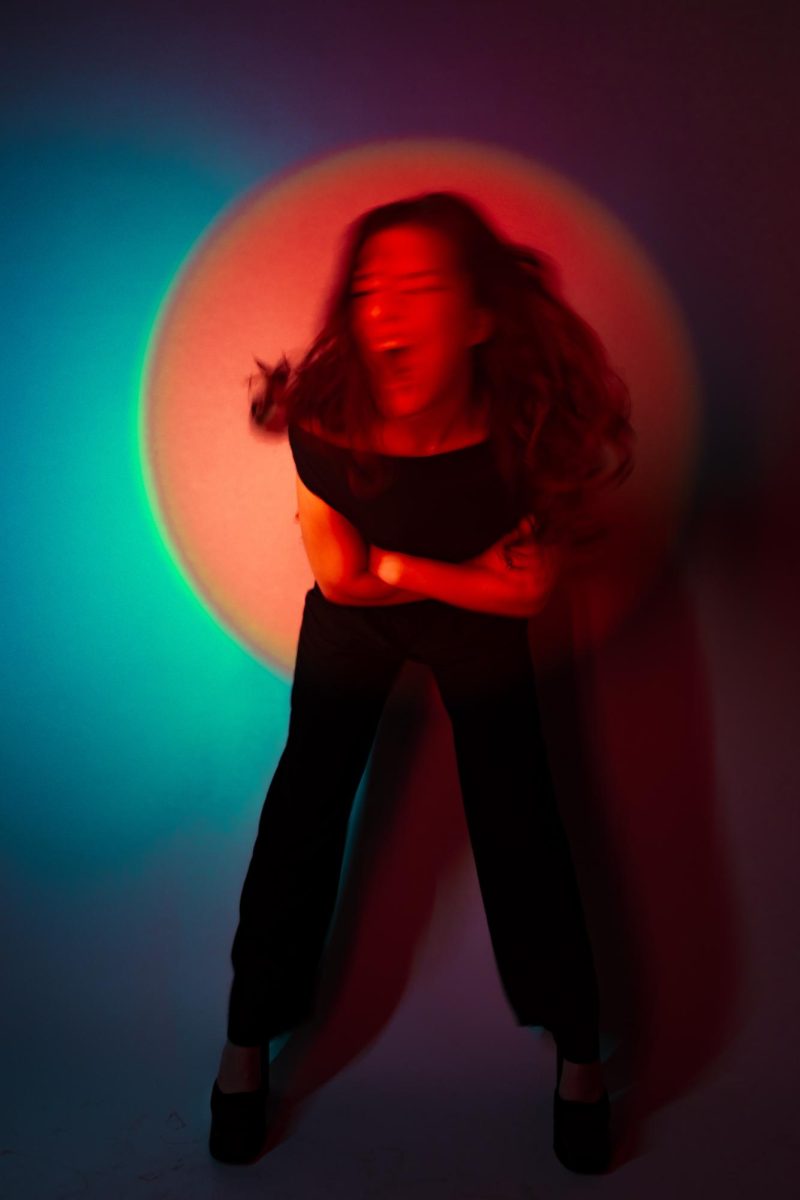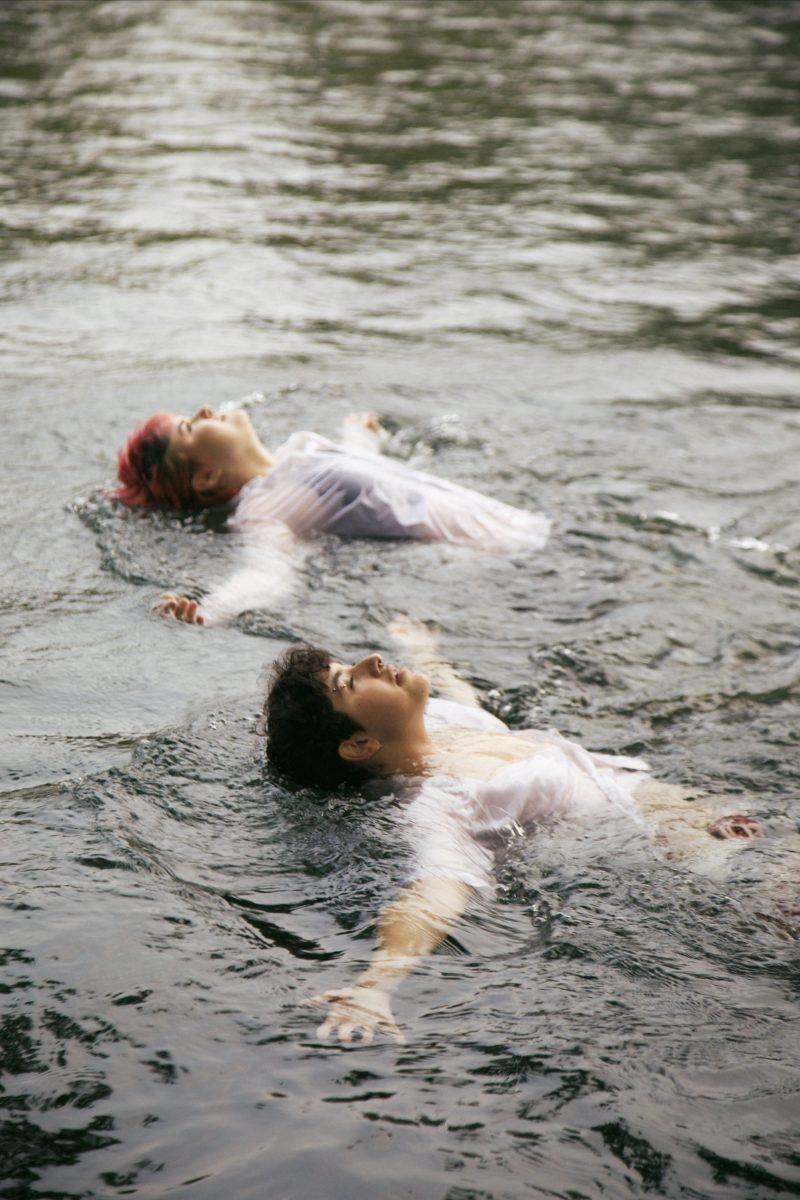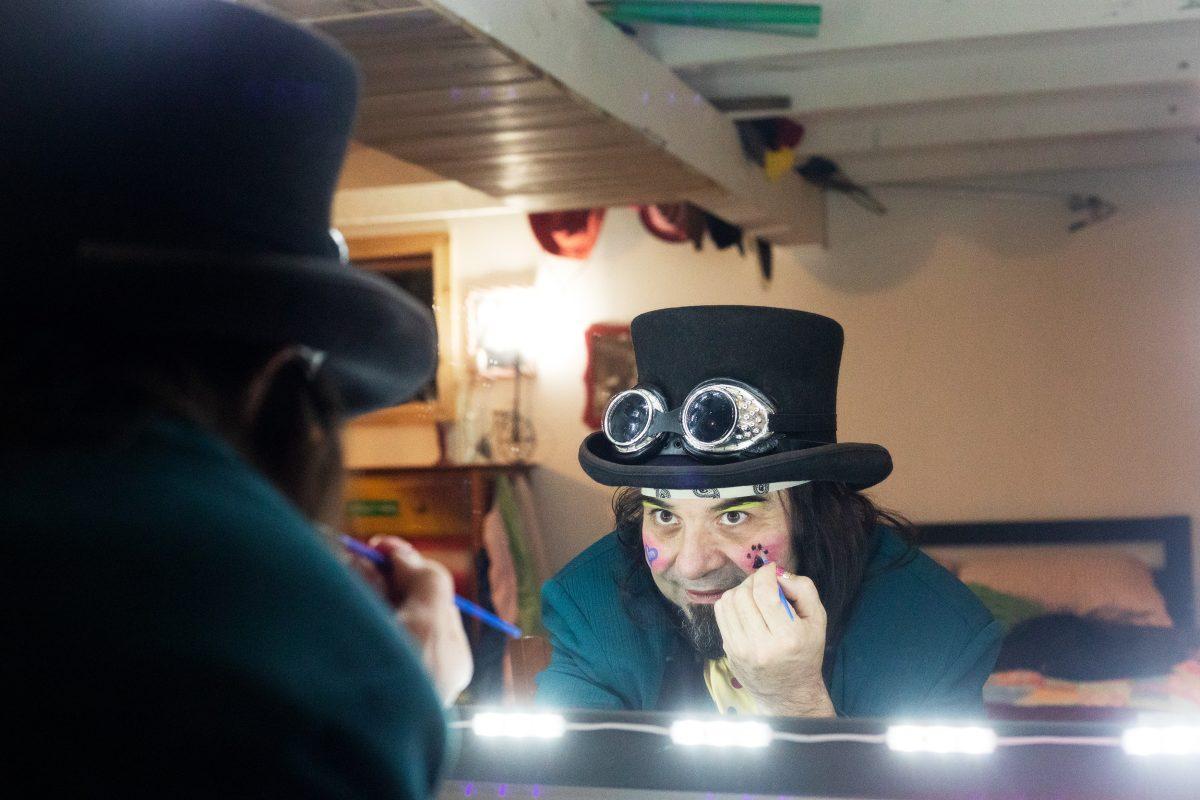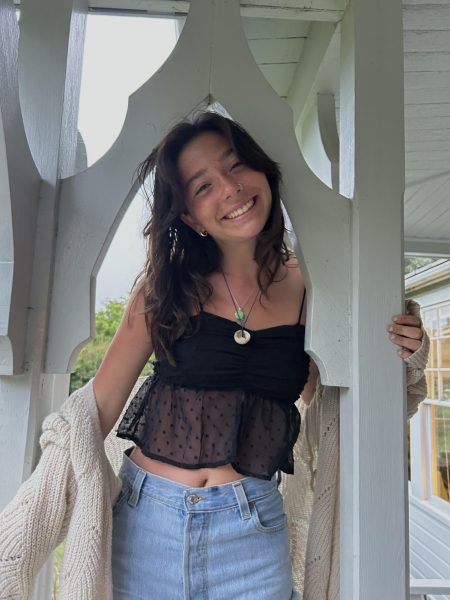Eugene’s long-standing commitment to community has cultivated a uniquely collaborative arts scene. From University of Oregon professors collaborating with local community theaters to contemporary productions sharing sets and creative resources, the town’s rich artistic landscape is marked by interconnection. Eugene’s blend of academic influence and grassroots support creates an environment where artists and performers support each other, fueling the growth of a dynamic, ego-free arts community that values partnership over competition.
The Very Little Theater:
Since 1929, the Very Little Theater has been central to Eugene’s arts scene, fostering artistic collaboration and community-driven performances. As the oldest self-supporting community theater west of the Mississippi, it has remained a vital part of the community, running continuously for 95 seasons. In its early years, VLT and the University of Oregon’s theater program were the town’s only theater groups, setting the stage for a long-standing tradition of artistic partnership.
Karen Scheeland, a member of the VLT since 1969, recalled various programs the VLT has hosted over the years to highlight its mission: “We are a community theater of the community and for the community,” Scheeland said.
Such programs include renting out spaces to various theater groups and arts organizations. In the past, this has included productions like Thurston High School’s “Dracula” in the theater, the Formata Ballet Dance Collective and Minority Voices Theatre shows. For many years, VLT also awarded a scholarship to a UO graduate student, during which VLT members would come together every Monday night to build the sets. The students overseeing the set construction received valuable technical guidance and support from the VLT community.
Until 1950, VLT operated without a permanent home, relying on rented spaces and shared resources to bring productions to life. That year, a University of Oregon designer constructed the current theater on 2350 Hilyard St, marking a major milestone in VLT’s history. The company has thrived through community support, working together on props, sets and creative projects. Recognizing the importance of having a space to perform, VLT is committed to extending the same support to other companies, fostering a shared artistic community.
Though Eugene now has over nine performing arts companies, competition doesn’t define the relationship between the local playhouses. “I’ve always felt that every theater could do the same show, and you could go to all of them and they’d be interpreted differently,” Scheeland said, emphasizing the collaborative spirit that defines Eugene’s theater community rather than a sense of competition.
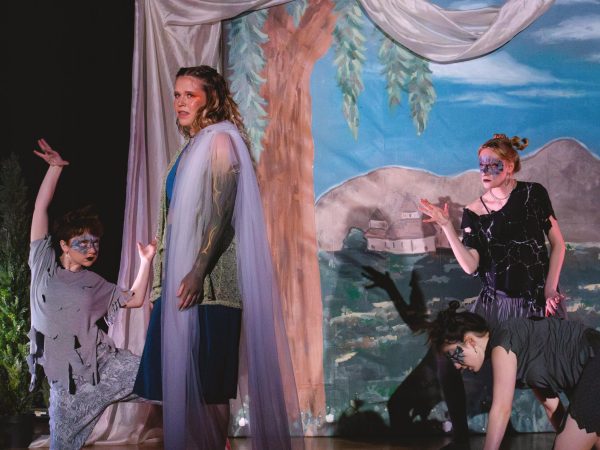
The Oregon Contemporary Theater:
Over the past three decades, Oregon Contemporary Theatre has cemented itself as a crucial element in Eugene’s thriving theater scene. Founded in 1992 by former VLT members Randy Lord and Chris Leebrick, OCT reflects the city’s deep-rooted culture of connection.
Craig Willis, OCT’s Producing Artistic Director, has been a key figure in Eugene’s theater scene for years. Before joining OCT, he earned an MFA and a PhD in Dramatic Literature and Theory from UO. Committed to supporting emerging artists, he emphasizes, “We often rent [the space] out at very affordable rates for emerging arts groups.” Tucked away on Broadway, just a block down from The Jazz Station, the theater’s unassuming exterior gives little hint of the creative energy inside. The intimate black-box space seats approximately 300 people, offering a flexible stage that allows for dynamic storytelling and close audience engagement. This space has been vital for startup theater companies, giving new creative voices a place to rehearse and perform.
Now in its 17th year, OCT’s Northwest 10 festival champions the 10-minute play, a format Willis calls “the haiku of American theater.” He likens it to Pacific Northwest weather: “If you don’t like what you’re experiencing right now, just wait 10 minutes. It will change.” Beyond showcasing new works, the festival creates opportunities for emerging artists, including students, to direct and act. OCT receives around 80 script submissions each year and offers mentorship for first-time directors, lowering barriers to participation. “It’s a fun festival that the community enjoys,” said Willis, “and it provides a lower barrier to entry.”
The presence of the University of Oregon, Lane Community College and Oregon State University provides a steady stream of trained theater professionals, many of whom bring skills that go beyond typical community or college productions. “These institutions actively train students, some of whom are extremely talented and can contribute to work above and beyond what they might have experienced in community theater or college theater,” Willis said.
Amy Dunn, OCT’s production manager and master carpenter, also lends her carpentry and scenic design expertise to the VLT, where she began her theater career after high school in 1998. She emphasized the strong ties between the two theaters and the necessity of collaboration. “We share a lot of physical resources — set pieces, costumes, props — because otherwise, we’d be paying way too much to source these things,” she said. Dunn also noted the frequent overlap of artists: “Pretty much everybody has been involved with both theaters at some point.”
Dunn acknowledged the financial challenges facing the theater community. “This field is expensive, and funding will only get harder with current affairs. We need to ensure we all survive by working together.” The cooperative spirit between VLT and OCT, along with local talent support, remains essential to sustaining Eugene’s thriving arts scene.
The University of Oregon’s Theater Arts:
The University of Oregon’s Theater Arts program fosters collaboration both within the department and across Eugene’s theater community. Students gain hands-on experience working closely with faculty on all aspects of production, reflecting the cooperative nature of Eugene’s theater scene, where creativity thrives through shared resources rather than competition.
This spirit is especially evident in the student-run Pocket Playhouse, which allows students to produce independent shows, offering a platform to showcase their work while fostering a supportive, community-driven environment. Similarly, faculty-led mainstage productions provide students opportunities to work alongside professors, deepening their learning and strengthening mentorship bonds.
However, the department has faced challenges, particularly the ongoing renovation of its historic home, Villard Hall. Closed in 2023, the renovation temporarily displaced the department, forcing it to adapt to less-than-ideal spaces.

“The only problem with [the renovation] is it means two years of being homeless for the department,” said Harry Wonham, Divisional Associate Dean for Humanities. Despite this, students and faculty have remained committed to their work, adjusting to temporary venues like Agate Hall by tailoring productions to smaller, more flexible spaces.
The department’s ties to the wider Eugene theater community have been instrumental in navigating these limitations. Local theaters, including the Very Little Theater and Oregon Contemporary Theatre, have provided resources such as set pieces, props, and costumes. “They let us borrow furniture pieces or props they’ve already used, which is huge,” said sophomore Logan Love. “We don’t have to buy a whole dresser because we can just borrow it, and they’ll even deliver it.”
Budget constraints have also required students to be resourceful. With production budgets typically ranging from $300 to $500, creative problem-solving has become essential. “It’s a lot of working with designers and figuring out what we can do with what we have,” Love explained.
Despite these challenges, student productions continue to engage audiences. “Even with Villard under construction, the shows they’ve picked have been super appropriate for the space,” said sophomore and theater major Bren O’Donnell. “Most of the shows sell out, and I feel like people who aren’t in [the] theater are engaged, which is exciting to see.”
Theater Arts at UO, like the broader Eugene arts scene, thrives on collective support. Faculty and students lean on each other and their community, ensuring productions continue despite obstacles. When Villard Hall reopens, it will restore not just a space, but an artistic hub where collaboration between students, faculty and local theaters can flourish. The department’s resilience has reinforced the importance of shared resources and community, ensuring that its collaborative spirit remains central to Eugene’s theater landscape.
Willis believes that exposure to the arts is key to cultivating an engaged audience. “The more opportunities people have to experience art, the more they seek it out,” he explained. Whether it’s an OCT production, a UO play, or a symphony performance, each experience sparks curiosity and fosters a cycle of artistic engagement. This ever-growing appreciation keeps Eugene’s theater community thriving, ensuring its stages remain vibrant, accessible, and full of life.

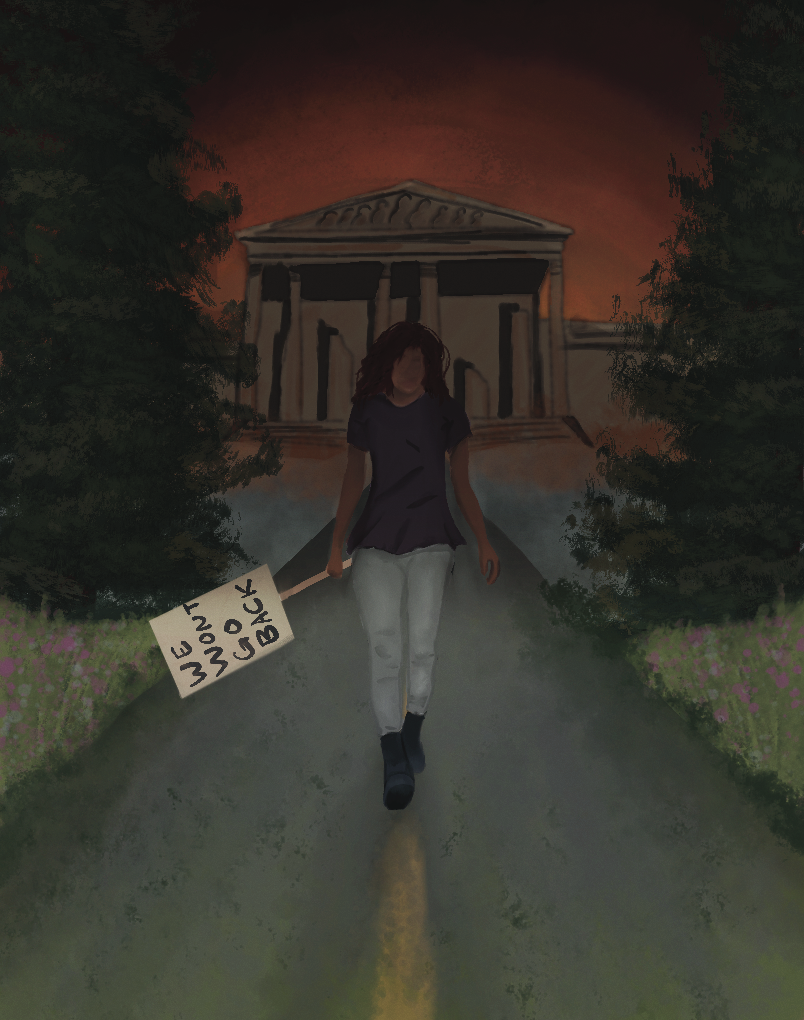
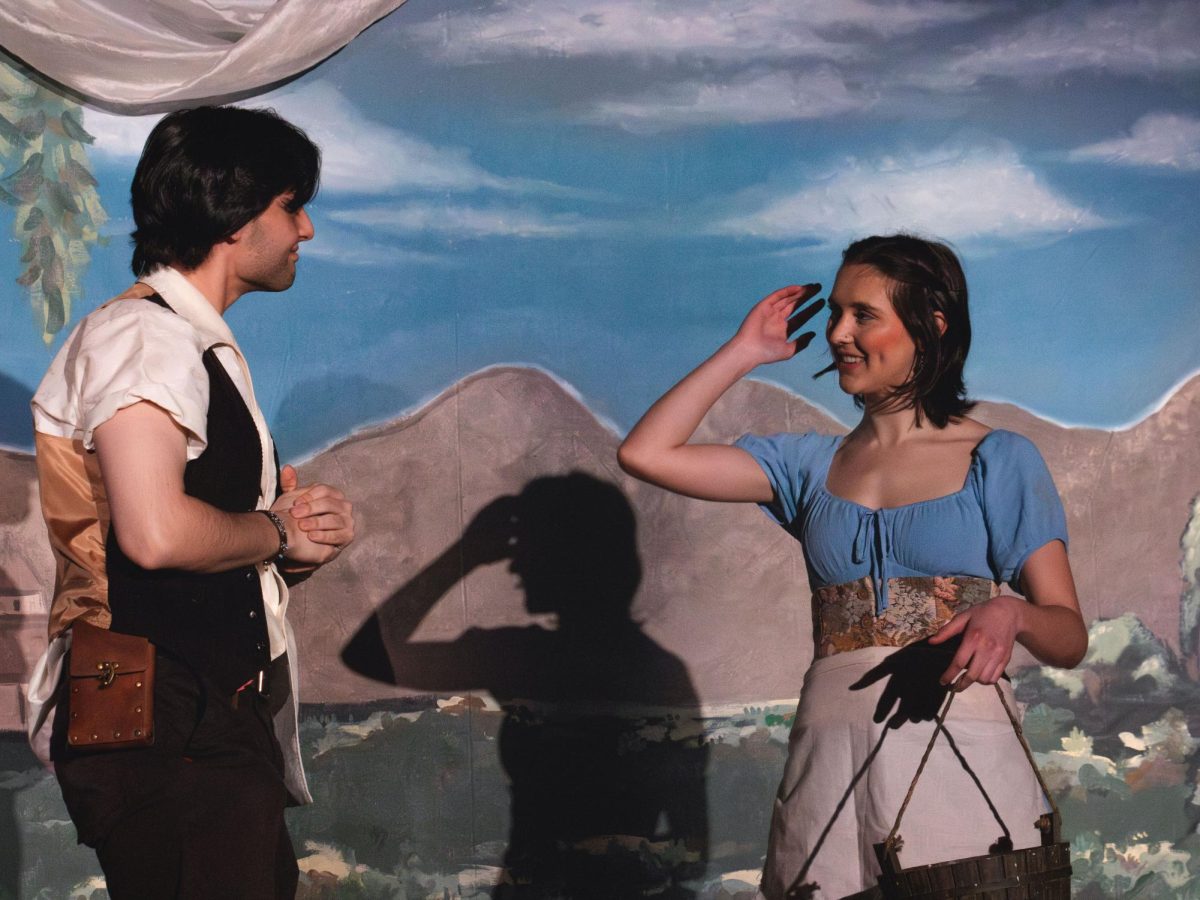
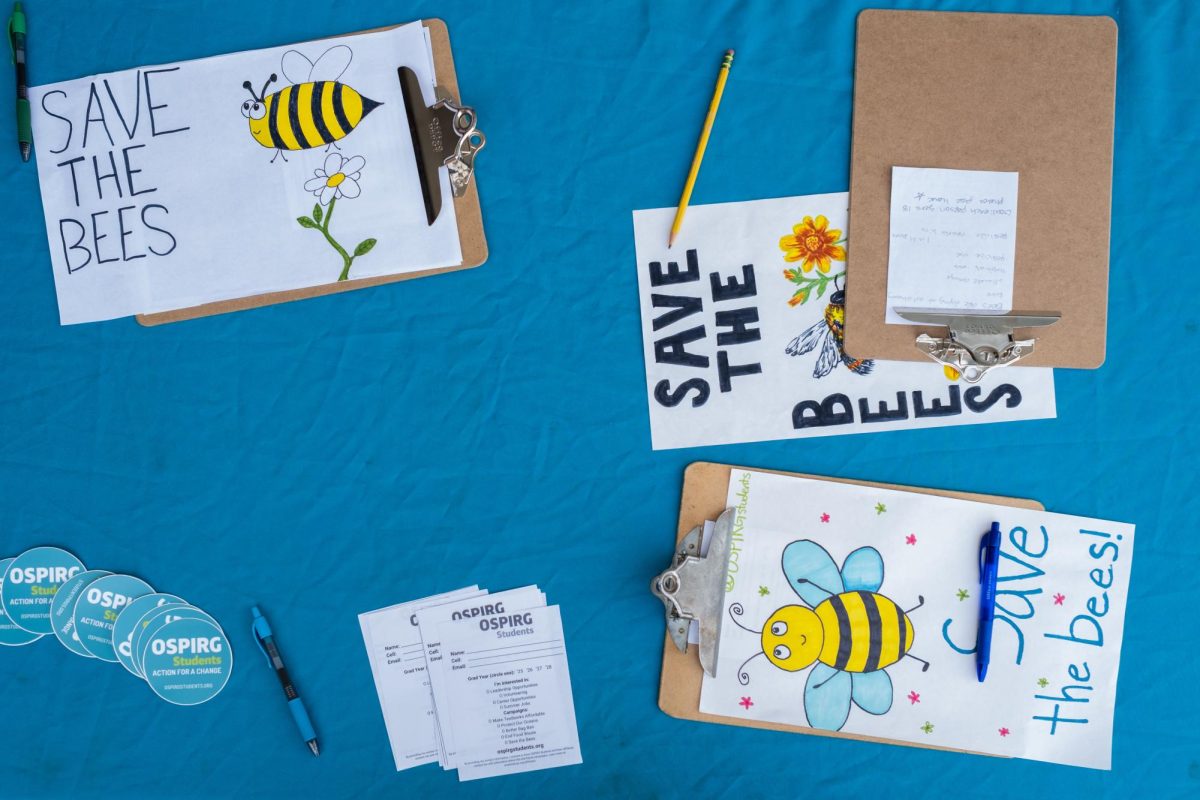

![[Photo Courtesy of the Lara Family]
Ruben embraces his beloved childhood goat, Katrina.](https://ethos.dailyemerald.com/wp-content/uploads/2025/05/katrina-1-1060x1200.jpg)
